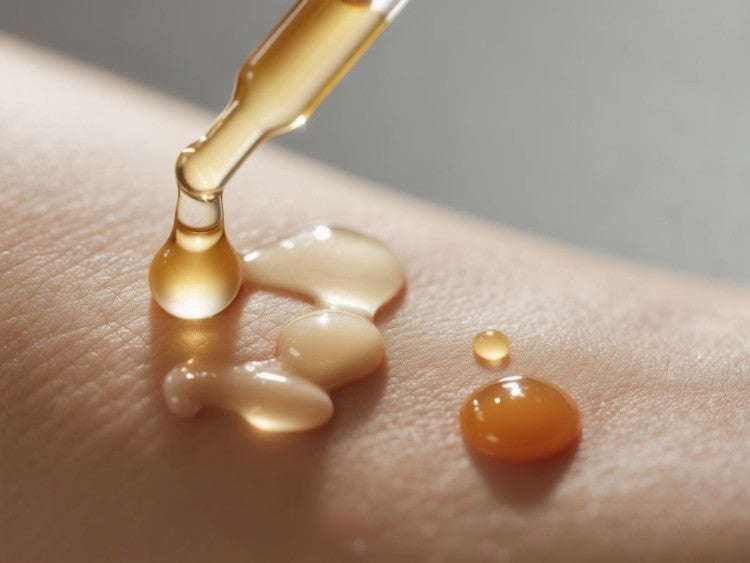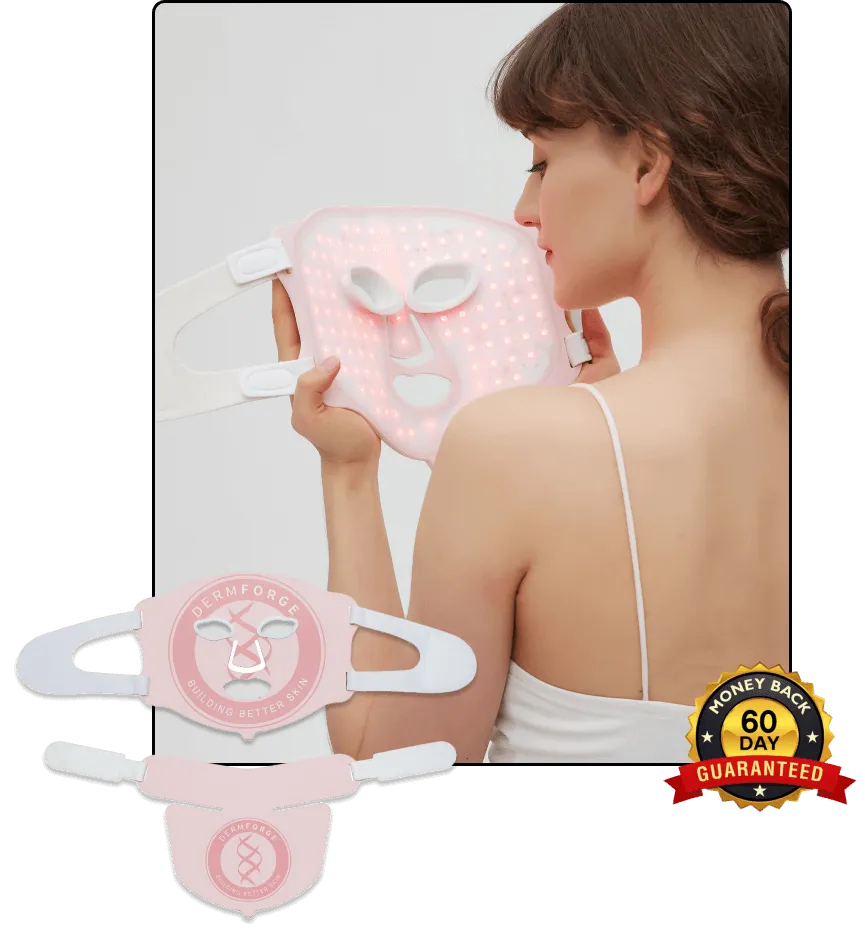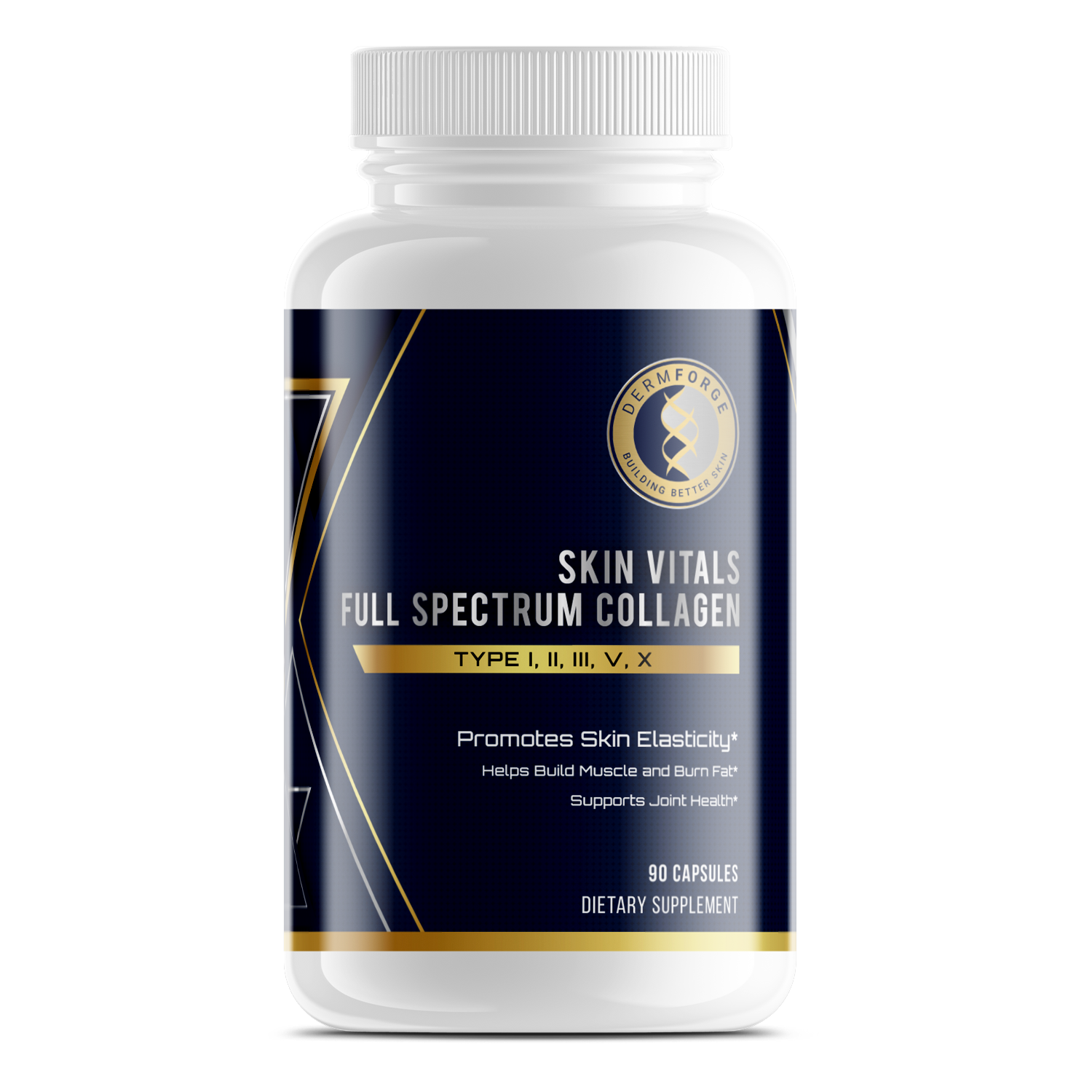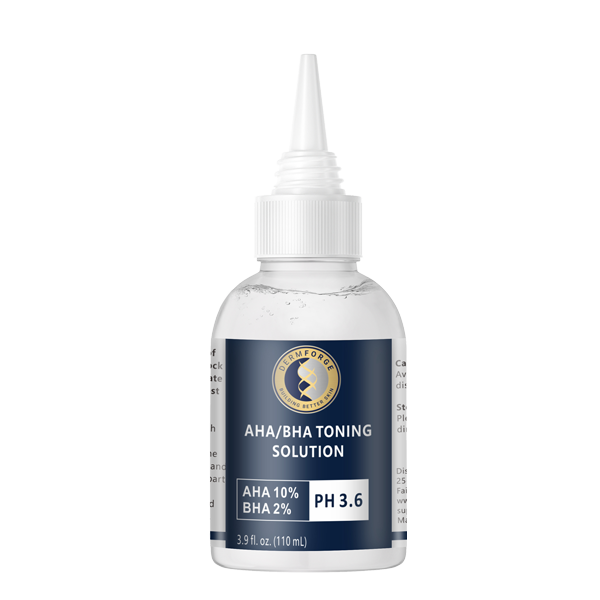Layering Glycolic Acid with Retinols has become a popular approach for improving skin texture, clarity, and overall radiance. These two active ingredients target different layers of your skin, making them powerful when used together correctly. Glycolic acid smooths the surface by removing dead cells, while retinol works deeper to support renewal and firmness. However, this combination requires care and timing to prevent irritation while maximizing visible results.
Understanding how each ingredient functions helps you build a balanced and effective routine. Therefore, knowing when to apply glycolic acid and when to use retinol makes a noticeable difference in comfort and outcome. Both actives increase cell turnover, but layering them without structure may lead to dryness or sensitivity. Additionally, giving your skin time to adapt allows these treatments to deliver smoother texture and a healthier glow over time.
Creating a plan for application sequence and frequency allows you to gain benefits safely. Therefore, alternating their use or adding hydrating layers between treatments helps maintain balance. Paying attention to how your skin feels after each session guides small adjustments that improve tolerance. Additionally, supportive ingredients such as ceramides and hyaluronic acid can protect your barrier and reduce irritation.
The goal is long-term improvement rather than fast results. With consistent care, you can combine exfoliation and renewal in a way that supports your skin’s natural rhythm. This thoughtful approach helps you achieve a refreshed and even complexion with lasting comfort and visible clarity.
Understanding Glycolic Acid vs Retinol: Mechanisms & Risks
Glycolic acid and retinol each play important roles in supporting your skin’s renewal process. Glycolic acid, an alpha hydroxy acid, works on the surface to gently dissolve dead cells. This chemical exfoliation reveals smoother texture and helps prepare your skin for active ingredients. Retinol, a form of vitamin A, works deeper by stimulating cell turnover and collagen production. When used together, they can create powerful visible results, but their combined strength also requires careful management.
Layering Glycolic Acid with Retinols can increase both effectiveness and irritation if applied without balance. Therefore, you should understand how these ingredients affect your skin barrier. Glycolic acid temporarily lowers your skin’s pH, making it more receptive but also more sensitive. Retinol speeds renewal, which can cause dryness or mild peeling during early use. Additionally, combining them too frequently may disrupt hydration and trigger redness or flaking.
To use both safely, start slowly and observe how your skin responds. Therefore, apply glycolic acid and retinol on alternating nights or in separate routines. This approach gives your skin recovery time while maintaining the benefits of each ingredient. Additionally, using hydrating serums and barrier-supportive moisturizers helps keep your skin balanced throughout the process.
Understanding how each ingredient functions allows you to create a more effective and comfortable skincare routine. Therefore, you can build a plan that targets texture, fine lines, and uneven tone without unnecessary irritation. With patience and awareness, these actives can complement one another while keeping your skin strong and clear.
Safe Sequencing & Timing: When to Use Toner vs Retinol Products
Timing plays a key role when combining powerful skincare ingredients. Layering Glycolic Acid with Retinols requires thoughtful sequencing to keep your skin balanced and comfortable. Both products support renewal but work differently, so the order and timing of use can influence your results. Managing when you apply each formula helps maintain progress while avoiding dryness or irritation.
The DermForge Glycolic Acid Toner works best in your evening routine when your skin can focus on repair. Apply it after cleansing to remove buildup and prep the surface for hydration. Therefore, your skin becomes more receptive to moisture without overwhelming its barrier. On alternate nights, use the DermForge Retinol Face Serum, Face Cream, or Eye Cream instead. This rotation allows both active ingredients to perform effectively without competing for your skin’s attention.
Morning routines should focus on protection and moisture. Therefore, skip strong exfoliants or retinoids during the day, since sunlight may increase sensitivity. Use a gentle cleanser followed by hydrating serums and sunscreen to support recovery from nighttime treatments. Additionally, this balanced approach keeps your skin resilient and comfortable even with regular active use.
Patience and moderation matter more than frequency. Therefore, begin with two or three nights per week of each active and adjust based on tolerance. Consistency and recovery time build stronger results over the long term. With the right sequence, your skin will respond smoothly to both glycolic acid and retinol while maintaining clarity and tone.
Buffering & Layering Techniques to Reduce Irritation
Layering Glycolic Acid with Retinols can deliver visible improvements, but managing sensitivity makes all the difference. Introducing hydrating or neutral layers helps your skin stay balanced as it adjusts to active ingredients. This approach, known as buffering, softens the impact of strong acids or retinoids while still supporting their benefits. Therefore, you can achieve smoother texture and improved tone without unnecessary irritation.
To begin, apply glycolic acid on clean skin and allow it to absorb completely. Then follow with a lightweight, hydrating serum before adding moisturizer. This extra step adds a cushion that helps your skin tolerate actives more comfortably. Additionally, you can alternate use by applying glycolic acid one night and retinol the next. This simple change allows time for recovery while keeping your progress steady. Therefore, your skin remains clear, smooth, and hydrated without redness or flaking.
Hydration plays an essential role in maintaining tolerance. Therefore, choose products with calming ingredients like ceramides, peptides, or hyaluronic acid to strengthen your barrier. These layers help retain moisture while reducing dryness often linked to exfoliants and retinoids. Additionally, consistency and patience build resilience, letting your skin adapt without stress.
Over time, you will notice improved results from both treatments when your skin feels supported rather than stripped. Therefore, buffering and alternating create a balanced rhythm between activity and recovery. This thoughtful method gives you all the benefits of advanced actives while preserving long-term skin comfort and stability.
Testing, Ramp-Up, and Monitoring Responses
When introducing powerful actives, patience and observation make all the difference. Layering Glycolic Acid with Retinols requires care and gradual adjustment. Both ingredients influence cell renewal, which can temporarily make your skin more reactive. Therefore, testing and monitoring help you build tolerance while maintaining comfort and visible progress.
Start by applying a small amount of product on a discreet area, such as behind your ear or along your jawline. Wait twenty-four hours to check for redness, flaking, or sensitivity. If your skin stays calm, move forward with a lighter application over your full face. Therefore, you can identify your skin’s tolerance before committing to a complete routine. Additionally, beginning with lower frequencies gives your skin time to adjust without irritation. Two to three nights per week is often a manageable starting point.
As your skin adapts, you can gradually increase frequency based on how it responds. Watch for mild peeling, dryness, or tightness, which may indicate overuse. Therefore, scale back temporarily or add more hydration to restore balance. Additionally, alternating nights between glycolic acid and retinol often supports better consistency with fewer side effects. Regular monitoring helps you fine-tune your schedule and avoid setbacks.
Pay attention to subtle changes rather than forcing faster results. Therefore, let your skin guide how often you apply actives and how much you use. Over time, this careful approach builds resilience and lasting improvements in tone and texture. With patience and steady observation, your results will become smoother, clearer, and more reliable.
Product Pairing & Complementary Actives
Creating a balanced skincare routine depends on how your products interact. Layering Glycolic Acid with Retinols can be powerful, but pairing them with the right supporting ingredients keeps your skin comfortable and strong. Some ingredients calm and hydrate while others can cause unnecessary stress when used at the same time. Understanding which products complement your actives helps maintain consistent, visible results.
Ceramides, niacinamide, and hyaluronic acid are among the most reliable companions for glycolic and retinol treatments. Therefore, including these ingredients helps restore moisture and protect your barrier. Niacinamide reduces redness and supports even tone, while ceramides strengthen your skin’s natural defenses. Additionally, hyaluronic acid attracts water and keeps your skin supple, preventing dryness from resurfacing treatments. These combinations help balance potency with comfort so your skin stays clear and resilient.
However, some products require spacing or substitution. Strong exfoliating acids, high concentrations of vitamin C, and benzoyl peroxide may be too aggressive when used alongside glycolic or retinol formulas. Therefore, limit overlap by using these actives on alternate days or at opposite times of day. Additionally, avoid fragranced or alcohol-heavy products that may compound irritation during active use.
Supporting ingredients create a foundation that lets your main treatments perform effectively. Therefore, focus on hydration, repair, and simplicity in between your exfoliation and renewal phases. With careful pairing and moderation, you can enjoy the benefits of actives without compromising your skin’s balance or comfort.
Building a Personalized Routine: How to Combine Glycolic and Retinol Products Safely at Home
Building a skincare routine that combines exfoliation and renewal requires patience and consistency. Layering Glycolic Acid with Retinols can deliver smoother texture and improved tone, but balance matters most. Finding a rhythm that fits your skin type prevents irritation and helps maintain long-term results. By following a simple plan, you can integrate these actives safely into your weekly routine.
Start by alternating use across different nights instead of applying both ingredients together. Therefore, use glycolic acid two to three times a week and retinol on separate evenings. This rotation allows your skin to renew without becoming dry or inflamed. Additionally, adjust frequency based on how your skin responds. If you notice redness or flaking, reduce usage or take a rest night to restore balance. Listening to your skin helps guide your schedule better than a fixed rule.
Hydration and barrier support play an important role in maintaining comfort. Therefore, layer calming serums and moisturizers after each treatment. Ingredients like ceramides, peptides, and hyaluronic acid replenish moisture and strengthen your skin’s defenses. Additionally, applying sunscreen daily protects your results and prevents irritation caused by sun exposure. Consistency with protection keeps your progress steady.
Recognizing when to pause or slow down is part of a smart routine. Therefore, if your skin feels tight, warm, or looks uneven, give it recovery time. A balanced schedule focused on moderation helps you see gradual, lasting improvement. With steady habits and awareness, combining glycolic and retinol treatments becomes an effective, manageable part of your skincare practice.
Conclusion
Layering Glycolic Acid with Retinols can transform how your skin looks and feels when used thoughtfully and consistently. The combination supports renewal, smoothness, and clarity, but success depends on balance and awareness. When you understand how each ingredient works, you can build a routine that supports your skin instead of overwhelming it. Therefore, starting slow and adjusting based on your response is the key to visible and lasting improvement.
Both glycolic acid and retinol influence your skin’s renewal cycle in powerful ways. Therefore, using them together requires patience and structured timing. Alternating nights, adding hydration, and maintaining protection all help reduce irritation while maximizing benefits. Additionally, consistent use encourages your skin to adapt, building resilience over time. These gradual adjustments help you reach your goals without discomfort or disruption.
Your daily habits shape the success of any active skincare routine. Therefore, pay attention to how your skin reacts, and modify frequency when needed. Adding nourishing products with ceramides or peptides can keep your barrier strong and healthy. Additionally, daily sunscreen use prevents setbacks and supports the results you have worked to achieve.
A balanced approach creates long-term rewards. By pairing knowledge with consistency, you can enjoy brighter, smoother, and more refined skin. Over time, this thoughtful method strengthens your skin’s natural function and improves its overall appearance.






